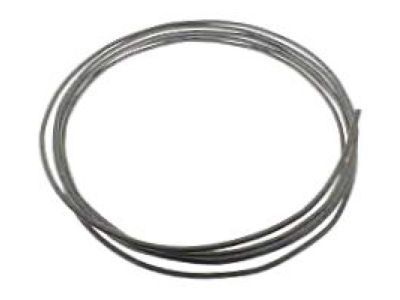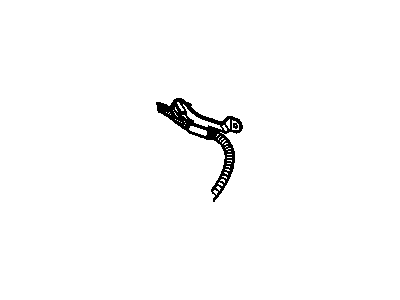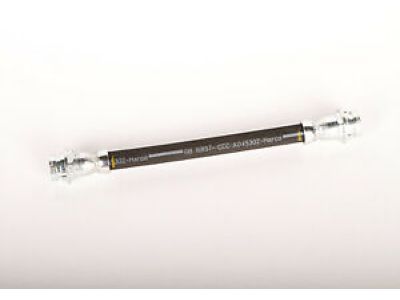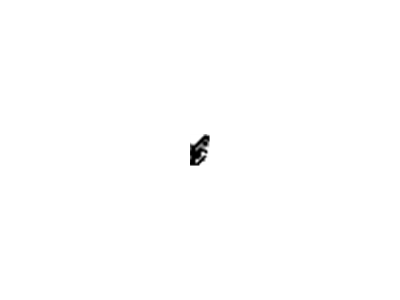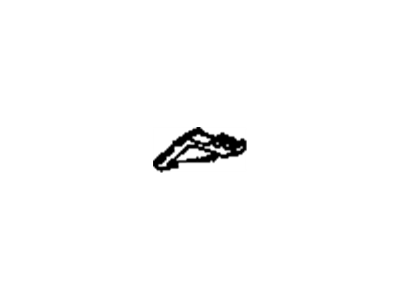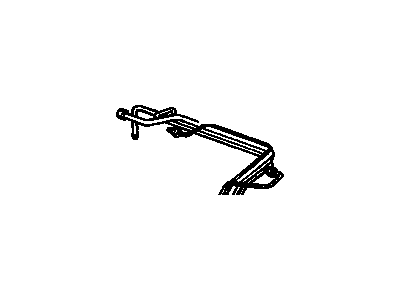
My Garage
My Account
Cart
Genuine Chevrolet Beretta Brake Line
Brake Hose- Select Vehicle by Model
- Select Vehicle by VIN
Select Vehicle by Model
orMake
Model
Year
Select Vehicle by VIN
For the most accurate results, select vehicle by your VIN (Vehicle Identification Number).
12 Brake Lines found
Chevrolet Beretta Pipe,Brake (Bulk Tubing 5/16" 8Mm)
Part Number: 12541500$39.99 MSRP: $63.76You Save: $23.77 (38%)Ships in 1-3 Business DaysChevrolet Beretta Hose Assembly, Front Brake
Part Number: 22112406$31.78 MSRP: $47.50You Save: $15.72 (34%)Ships in 1-3 Business DaysChevrolet Beretta Hose Assembly, Front Brake
Part Number: 9768127$22.84 MSRP: $37.99You Save: $15.15 (40%)
Chevrolet Beretta Brake Line
Chevrolet Beretta Brake Line is a vital part which provides force brake fluid from the master cylinder to the brake caliper pistons to make the hydraulic braking system work as the ideal. These include corrosion, which is likely to develop on the metal brake lines, and impact which is likely to chip the lines and hence affect the fluid flow by causing leakage and less pressure. The brake hoses are also physically and internally damaged as they also have an impact on braking. When replacement is necessary, pre-bent brake line kits and corrosion resist stainless steel hoses for fast replacement of the worn brake hoses are manufactured. Switching to the stainless steel braided hoses offers a big improvement in the pedal sensitivity for performance driving conditions.
Each OEM Chevrolet Beretta Brake Line we offer is competitively priced and comes with the assurance of the manufacturer's warranty for the part. Furthermore, we guarantee the speedy delivery of your orders right to your doorstep. Our hassle-free return policy is also in place for your peace of mind.
Chevrolet Beretta Brake Line Parts Questions & Experts Answers
- Q: How to replace brake lines on Chevrolet Beretta?A:Approximately every six months, raise the vehicle and securely support it on jackstands to inspect the flexible hoses connecting the steel brake lines to the front and rear brake assemblies. Look for cracks, chafing, leaks, blisters, or any damage. Thoroughly inspect the hoses using a light and mirror if needed, and replace any hose exhibiting the mentioned conditions. Replacement of Front Brake Hose: Disconnect the brake line from the hose fitting using a back-up wrench, then remove the U-clip from the hose fitting. Remove the hose from the bracket, and at the caliper end, remove the bolt from the fitting block along with the copper gaskets. When installing the new hose, use new copper gaskets and lubricate bolt threads with clean brake fluid before attaching. Attach the hose to the caliper with the fitting flange engaged in the caliper locating ledge, and install the female fitting in the hose bracket without twisting the hose. Reinstall the U-clip retaining the female fitting to the frame bracket and reattach the brake line to the hose fitting using a back-up wrench. Ensure there are no kinks in the hose and check for contact with suspension parts during extreme wheel turns. Rear Brake Hose: Disconnect the hose at both ends using a back-up wrench, remove the U-clips, and separate the female fittings from the brackets. Unbolt the hose retaining clip and remove the hose. Install the female ends in the frame brackets without twisting the hose, then reinstall the U-clips to retain the female end to the bracket. Attach the steel line fittings to the female fittings using a back-up wrench, ensuring the bracket isn't loosened during hose installation. Fill the master cylinder reservoir and bleed the system. Metal Brake Lines: When replacing brake lines, use prefabricated brake lines or obtain the recommended steel tubing and fittings to match the line to be replaced. Cut the new tubing to the correct length, flare the ends with an ISO flaring tool, and carefully bend the line to the proper shape if necessary. Install the new line securely supported in the brackets with sufficient clearance from moving or hot components. After installation, check the master cylinder fluid level, bleed the brake system, and thoroughly test the brakes before driving in traffic.
